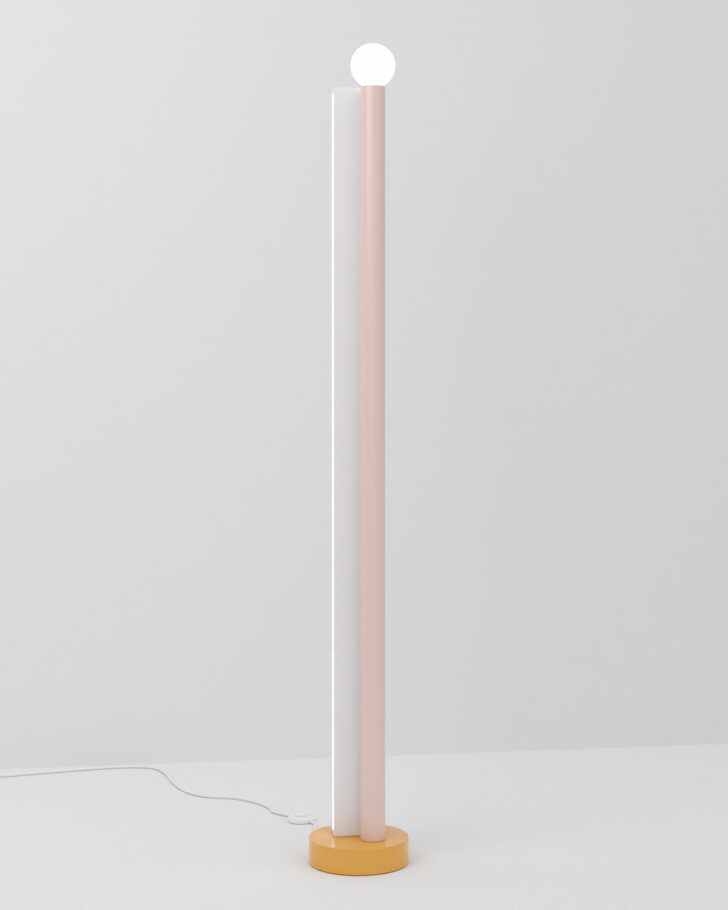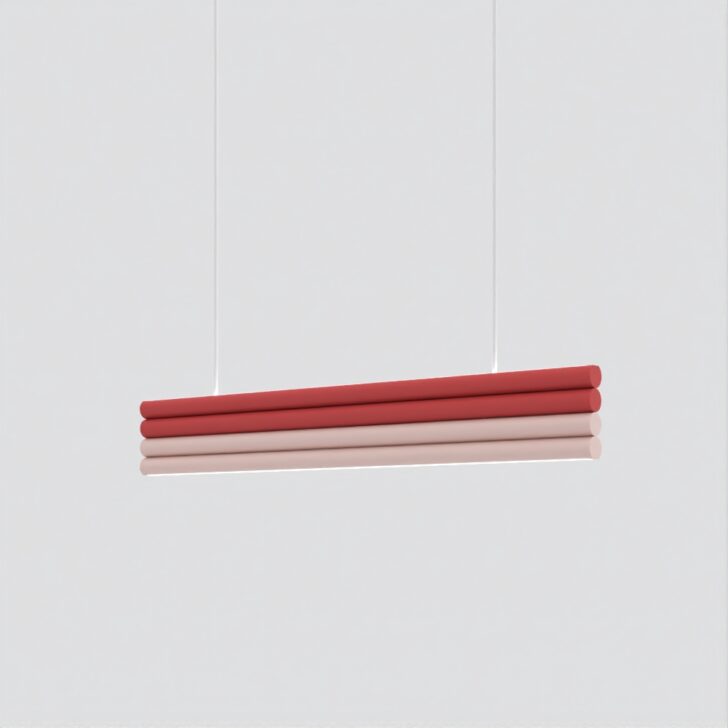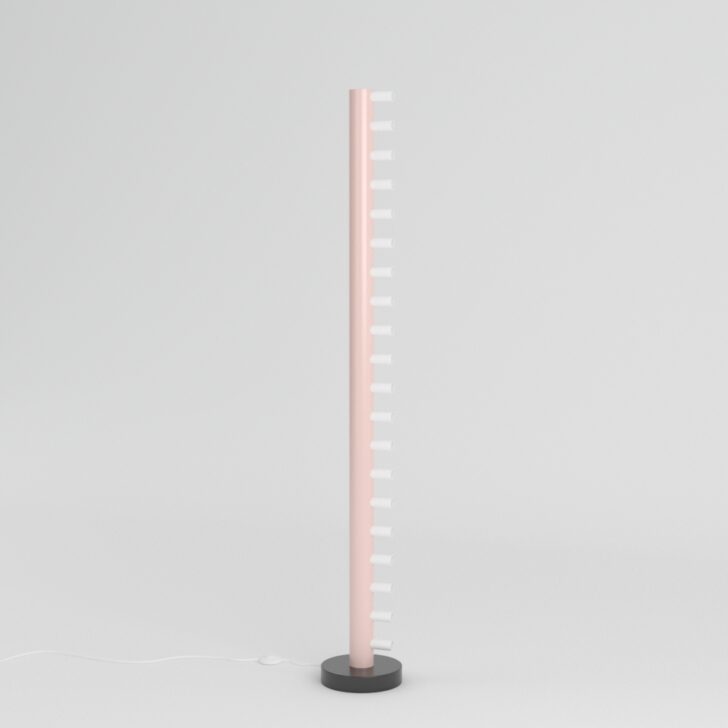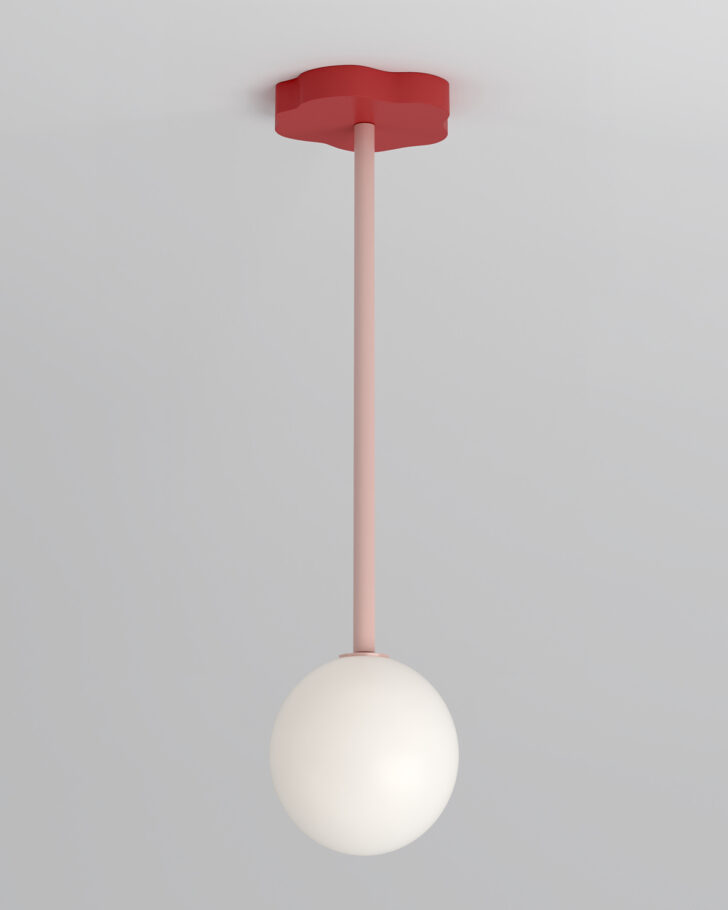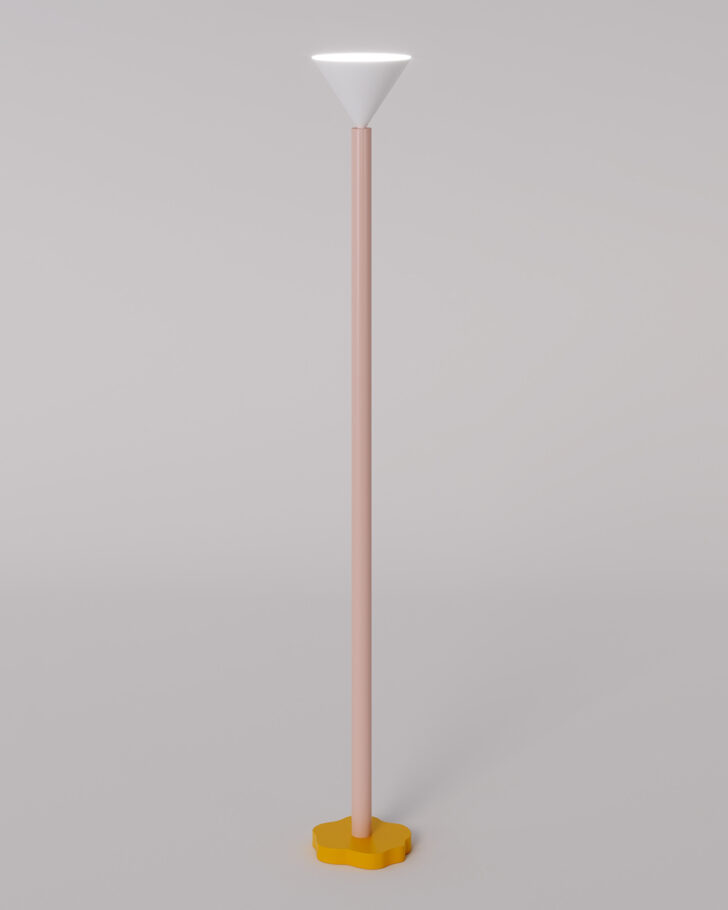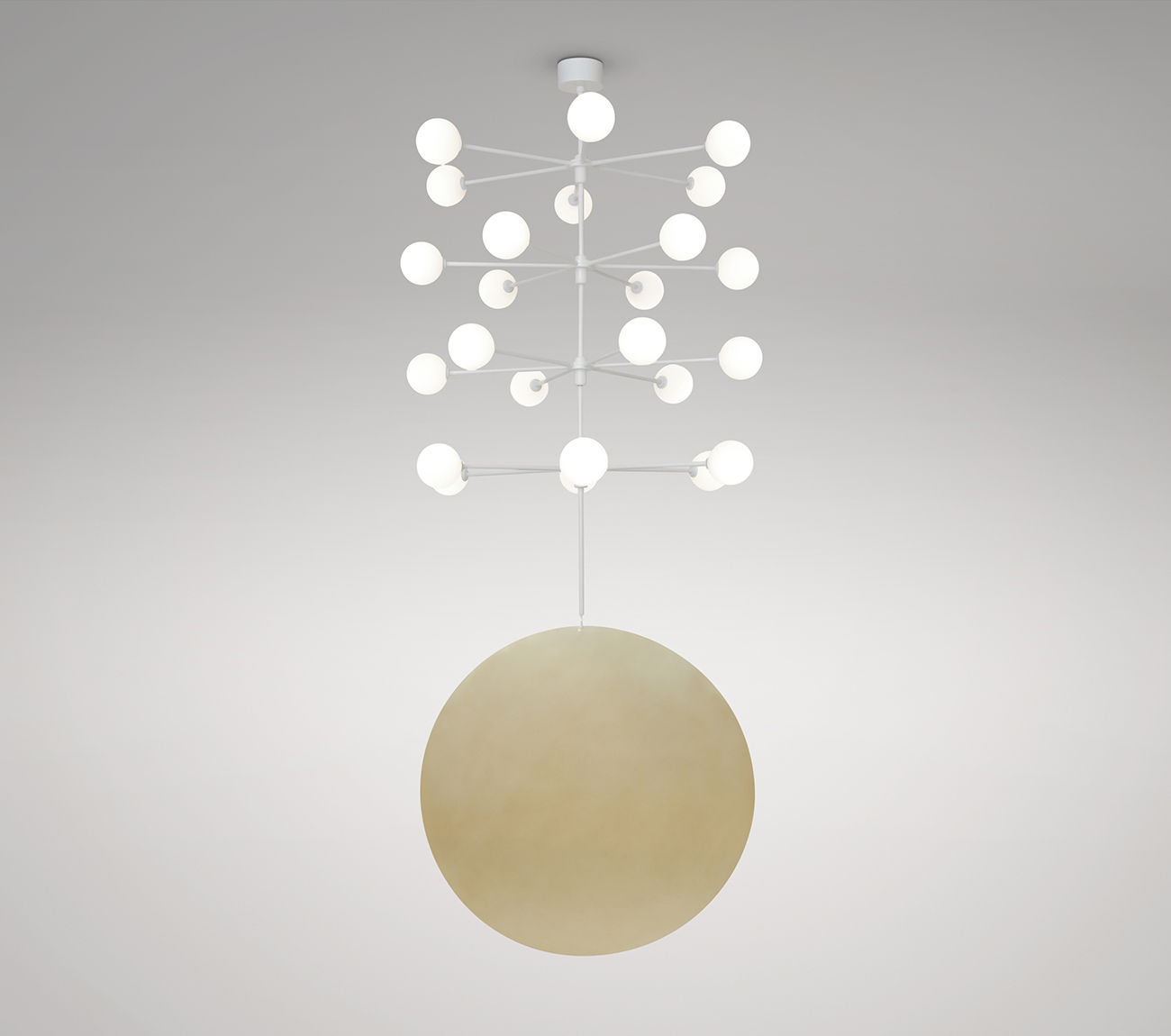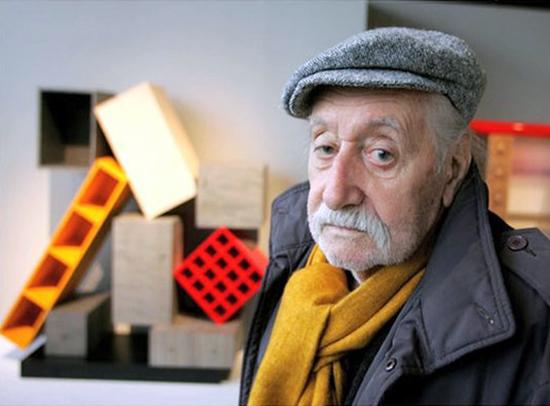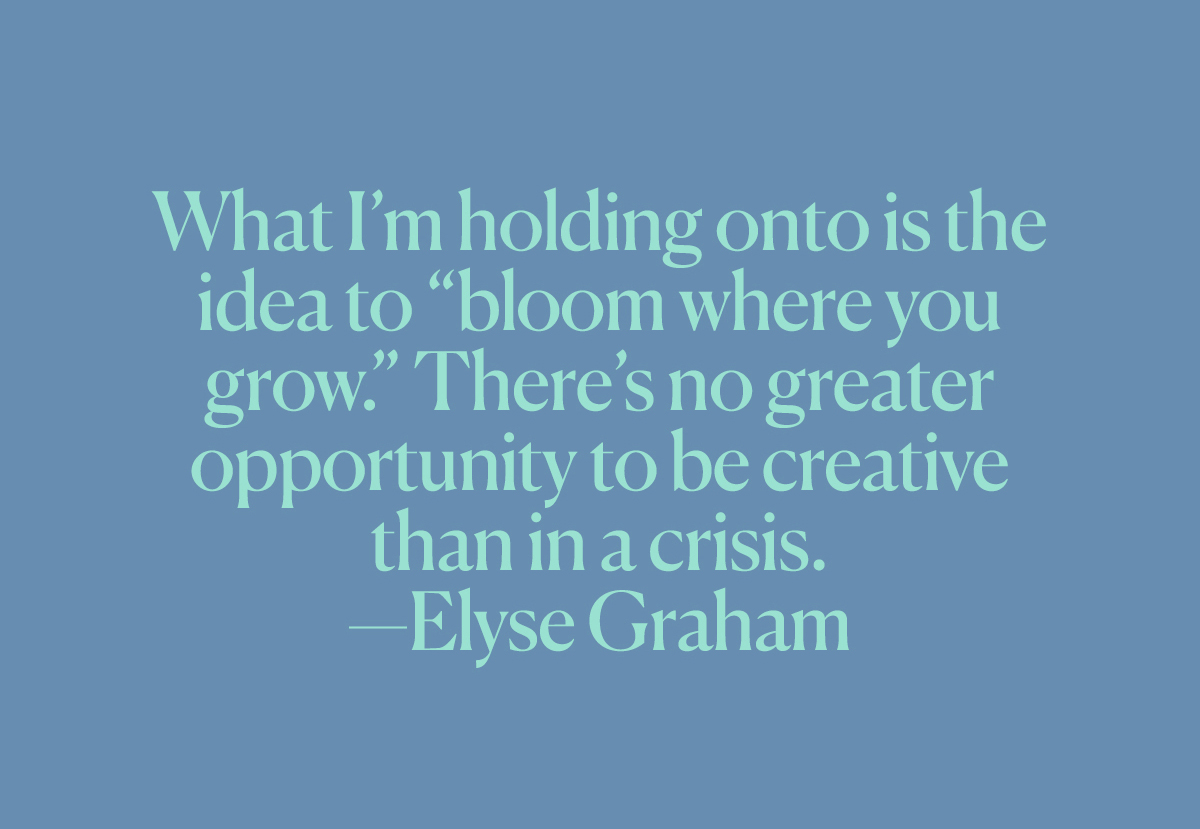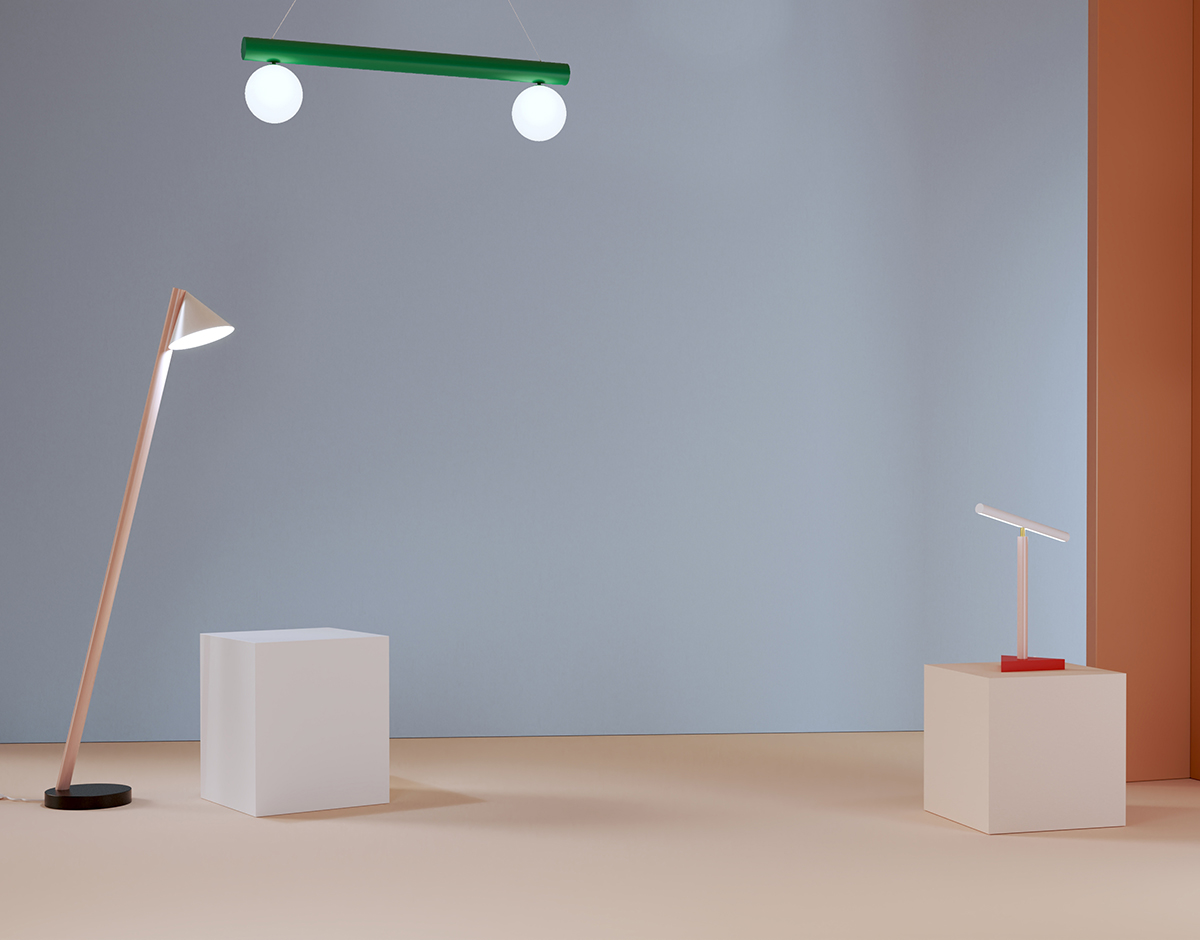
06.14.22
Sighted
Atelier Areti Adds A Joyful Dollop of Color to Its Latest Collection of Lights
Gwendolyn and Guillane Kerschbaumer, the sisters behind the design studio Atelier Areti, have a way of working that’s as analytical and intellectual as it is instinctive, creating pieces that are formally rigorous yet also approachable, warm, and fun. Elements — their latest collection of desk and floor lamps, pendants, and sconces, which launched last week in Milan — is an exercise in the ingenuity, and the elegance, that can be generated by setting parameters. “Constraints force you to stretch limits, to find solutions within fixed boundaries,” says Gwendolyn. Starting from the notion that an archetypal light is composed of a base, an arm, and a source of illumination, they set out to transform one of these three elements in each iteration, playing around with geometries, angles, and inversion in a way that feels both off-kilter and perfectly balanced. Restricting themselves when it comes to shape and form, they’ve taken a lot more liberty with their palette: It’s the first time they’ve used color across every piece in a collection, juxtaposing a variety of greens, yellows, reds, and blues. Over the course of two years, they sorted countless times through all 216 colors of the Classic RAL block (the European color matching system) and the 1825 colors of the design RAL block, in search of the just-right combinations.
Highly trained, Gwendolyn and Guillane have extensive backgrounds in architecture and art, which has influenced their lighting and furniture design work, as they combine a sculptural focus on the object and the spatial concerns of architecture, while still seeking to operate in that unconscious, ineffable realm of feeling that art elicits. “This aspect of art is something important to us, which we are looking for in every design. Besides being functional and smart, our pieces need to touch us on an emotional level: This is as essential a prerequisite as the former two.”
Their practice also reflects a roving, international perspective: They were born in Innsbruck, Austria — their father is Austrian and Iranian and their mother is French — before the family moved to Frankfurt, Germany. Gwendolyn attended college and grad school in the US and Switzerland; Guillane moved to Paris for her studies and then London, where she currently lives. The studio’s design team is also currently in London as well as Trieste, with production in Germany. “Guillane and I do our best to oscillate between these locations. It is of course challenging at times and having everything in one place would be easier on a logistic level. But we have grown up with different cultures and nationalities and we find it is deeply enriching.”
We caught up with Gwendolyn over email, while she was in Milan presenting Elements at the Inside Looking Out exhibition presented by H + O Apartment Gallery. She filled us in on how Areti got started, what they’re currently doing, and where they’re going next.
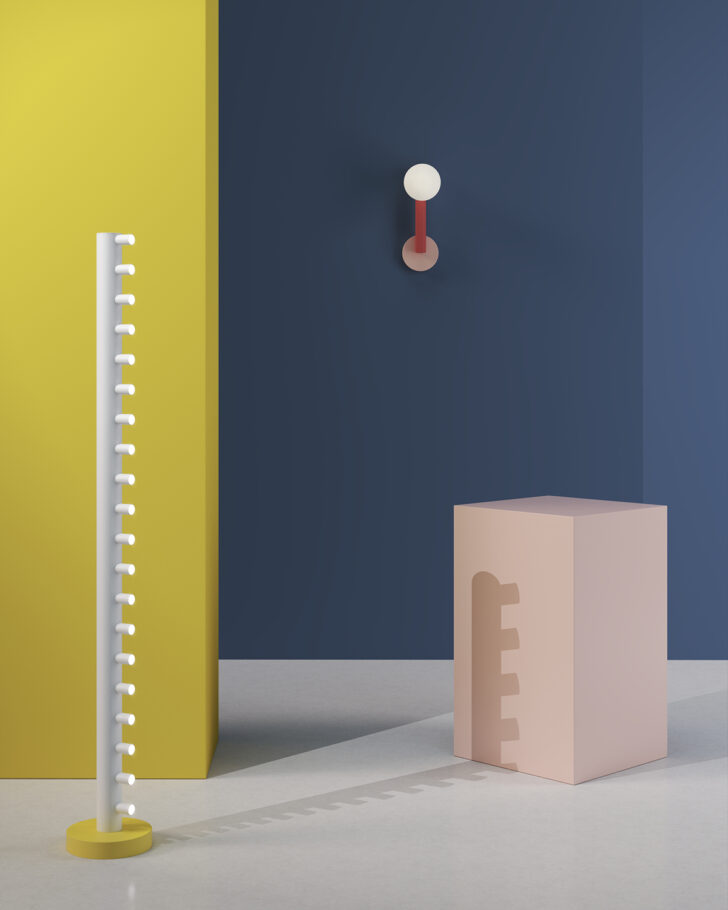
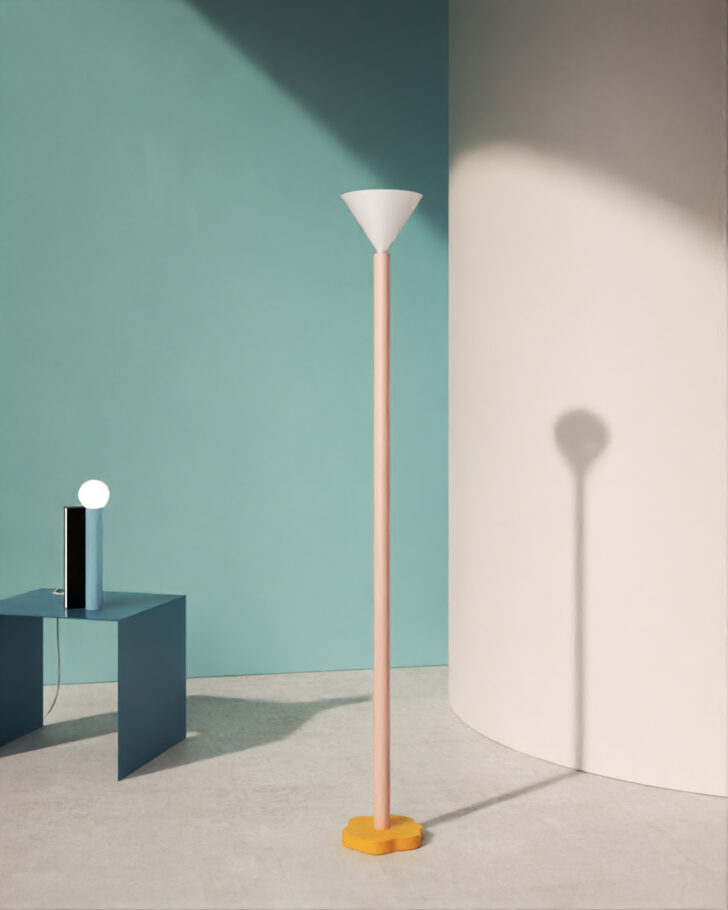
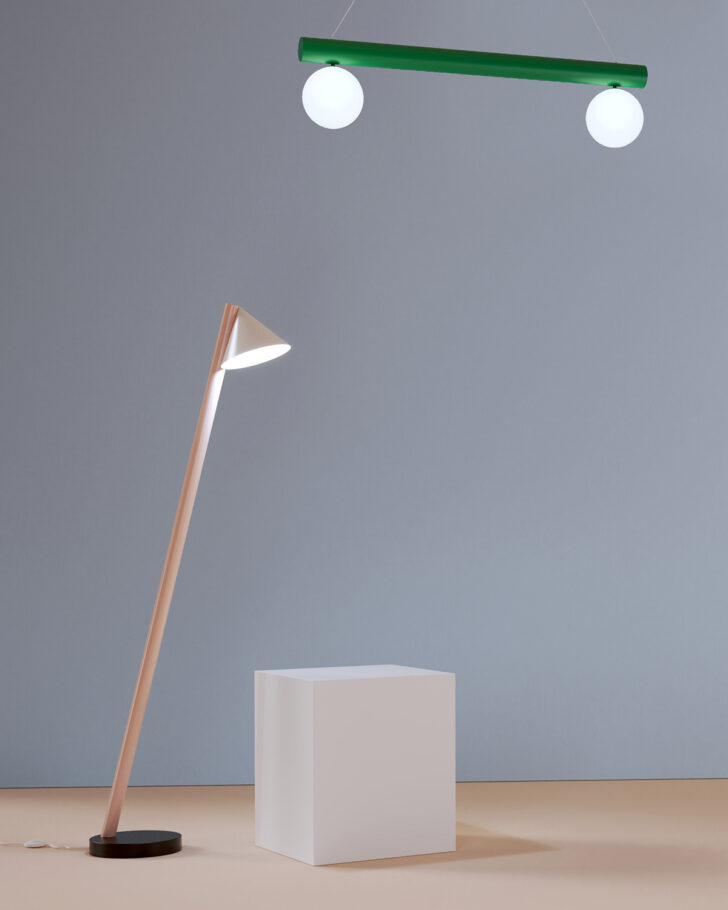
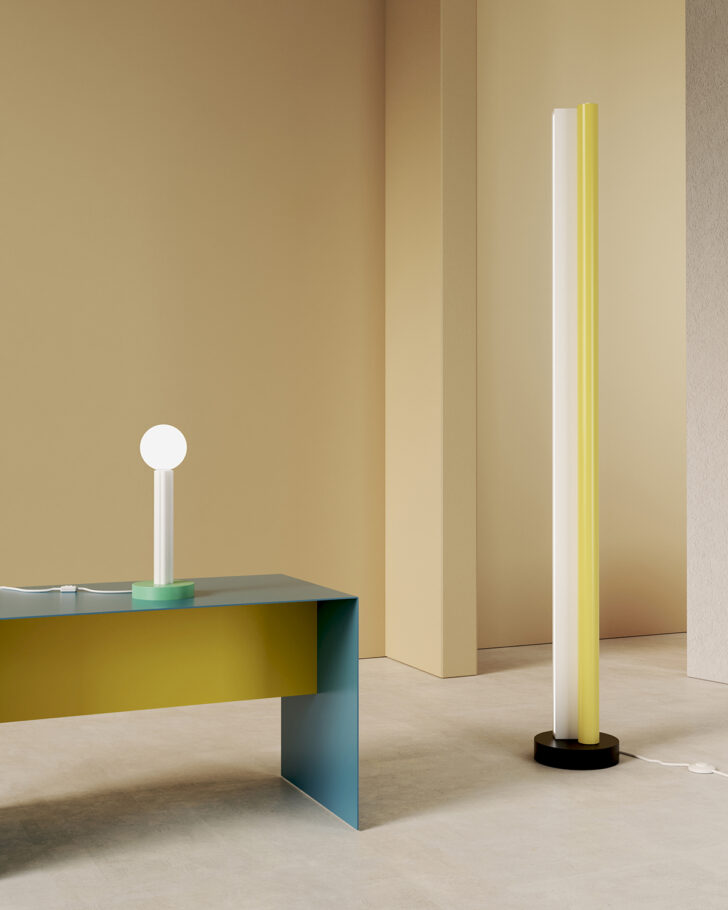
Can you tell me about your creative paths? How did you both get to where you are now professionally?
Our parents were passionate about the arts. We frequently went to museums around the world to see the big masterpieces. We also have been drawing and sculpting since I can remember. This was significant because not only did it expose us to this realm, not only did it educate us from a young age to appreciate art, but it also made it an acceptable option career–wise. Many parents would not recommend (and possibly wisely so) that their children pursue a career in the arts. It is, for obvious reasons, rather difficult to reconcile artistic ambitions with the more mundane but very real necessity to make a living. Our parents however always encouraged our interest in the visual arts and also supported us financially with our studies in these fields.
After high school, not knowing exactly what I wanted to do, but having an interest both in art and math, I decided to study architecture. Because I wanted to explore a wide range of subjects before specializing in architecture, I first did a Bachelor’s in visual arts, with a focus on drawing and abstract sculpture, at Duke University, and then did a Master’s in architecture at Harvard University. I did a second master’s in sustainable building and urban design at the Swiss Federal Institute of Technology, ETHZ, in Zurich. Throughout my studies and after, I worked in several architectural offices such as Peter Eisenman in New York, MVRDV in Rotterdam and Wiel Arets in Amsterdam. While starting Areti with Guillane, I worked at the Swiss Federal Institute of Technology in Lausanne in the department of architecture, researching sustainable architecture and urban design.
Guillane studied visual arts in Paris and art history at the Sorbonne. Her intention was to go into restoration of paintings and sculptures. The visual arts class however sparked the interest to continue with the creative visual arts. She then enrolled in the product design course of Central Saint Martins in London and remained there after completion of the course. She worked at the interior design office B3 before we started Areti together.
I deeply treasure my university years. Being able to study and create projects in art and architecture, within an academic environment, and without the constraint of the real world, which essentially means the global so–called “free” market economy, is invaluable. It allows you to create art and architecture in the context of constraints that you deem significant. This does not mean one is naive or blind to the “real” world. It means that certain constraints in the “real” world that exist might not be necessary or intelligent, they exist for reasons that are not beneficial overall to our society.
This possibility and desire to create something on a higher, ideal level, has not left us. It is still the driving force behind what we do today, even if designing lights and furniture clearly exists within the constraints of the “real” world “free” market economy.
We have put some of our work from our university years on our website for this reason. These years were formative and remain the basis for what we do today, even though of course our interests keep growing and evolving.
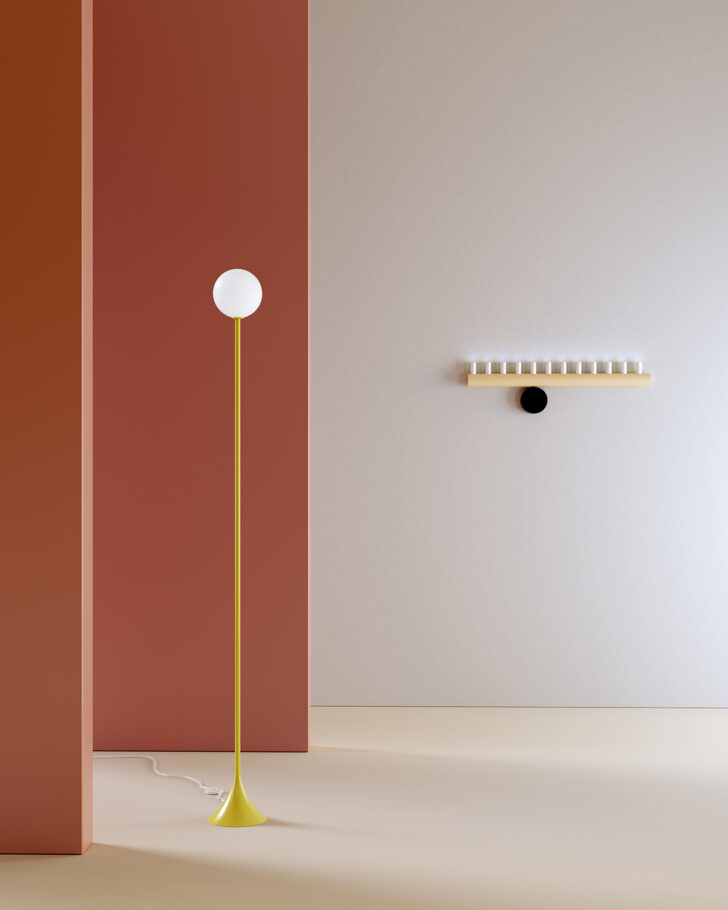
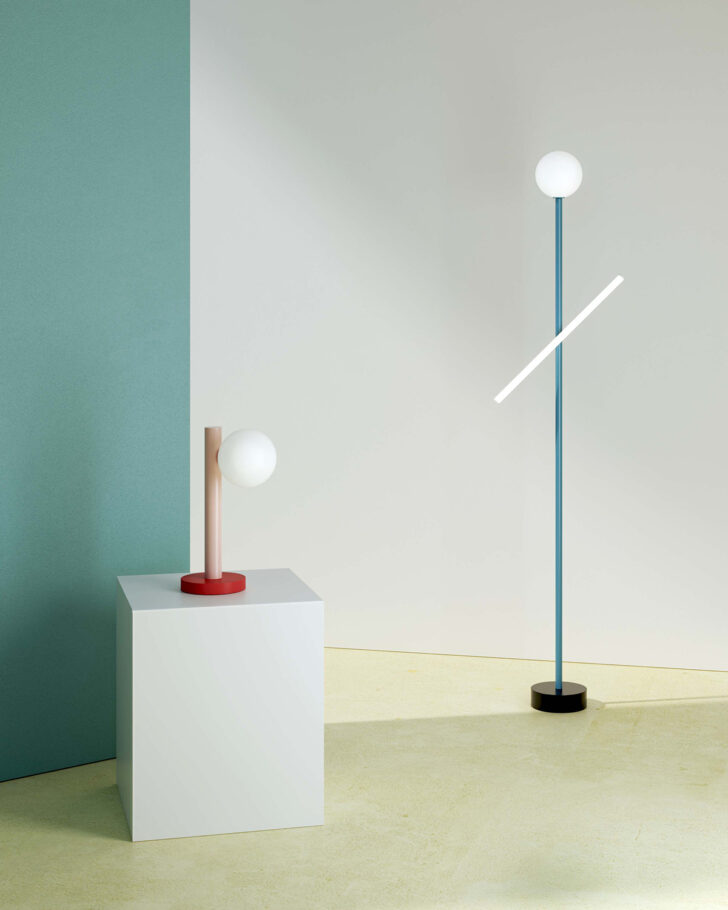
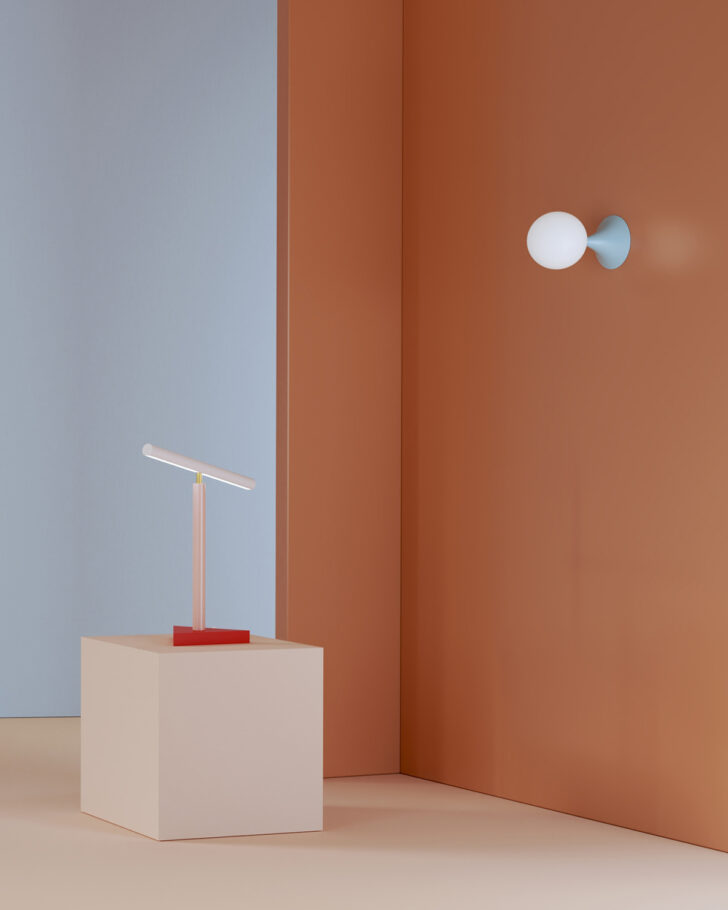
How and when did you decide to start working together?
We both had been working in architectural offices for several years. It was exciting and an important part of our development. Work experience, when in the right studio, is an absolutely necessary step in one’s education. During the time we both worked in offices, we started designing a light, initially with two of Guillane’s colleagues from Central Saint Martins. We exhibited the light and it was well received, this was encouraging and we continued designing more lights and furniture. The first years we did this while working full–time, then we worked part–time and eventually Areti became our main activity.
Having your own studio means more freedom, but also a lot more responsibility. Running a studio is challenging, one has to overcome a lot of difficult situations. I am not sure either of us would have taken this step on our own. Together though we found reassurance in one another. We also saw that we worked well together. There was little friction and a lot of agreement and joy. We can trust each other fully, which means we can work together seamlessly.
I’d love to hear about how you both approach materials and particularly color. Do you do a lot of research or is your approach more instinctive?
When it comes to materials, we have a clear preference for materials that are noble, in the sense that they age well. We are drawn to materials such as metals, stone, wood, glass, ceramics,etc. Sometimes we work with plastics when the specific requirements, such as a specific shape, dictate it. In that case we look for plastics that will not degrade over time. This approach is both rational and instinctive. We stay away from materials that don’t age well or that are overly sensitive. For this reason, we prefer solid wood to veneer, we prefer glass to plastic, and we prefer solid brass to sheet metal covered in gold lacquer.
The extensive use of color is a relatively new activity for us. Over two years, we tested several hundred color combinations within the Elements series. The majority of those we discarded. The mechanism of choice during the first year was instinctive — the color combinations did not feel appealing or resolved. At some point, we selected all the color combinations we instinctively liked, and started to try and derive a pattern. It turns out, that there were clear patterns, once we started to analyze our preferences. From there, we derived four color concepts. We have applied these throughout the Elements Collection.
We spent an unprecedented amount of time working on the color selection and color concepts of the Elements series. Adding color as a design dimension to a light, adds a new layer of complexity, which we previously did not touch.
It is the first time that we have used color across all series of one collection. The simplicity of the composition allowed for color to play a clarifying role. Adding color to a design can either strengthen or weaken the design. If the strength of the design already lies in its form, balance, interaction between various parts, adding color can weaken the design by distracting from the main expression. In the Elements series however, the strength of the composition is based on the new relationship between three simple elements, and in this context color serves to highlight this theme.
Although the amount of work and time we spent on the color concepts of the Elements collection burst all normal frameworks, we have created an understanding of color and thus a foundation for the use of color for our work in general.
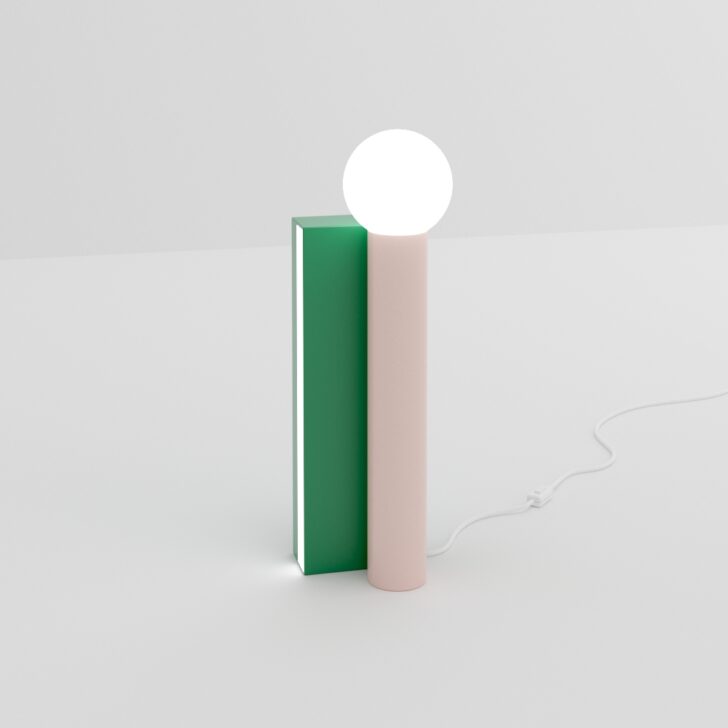
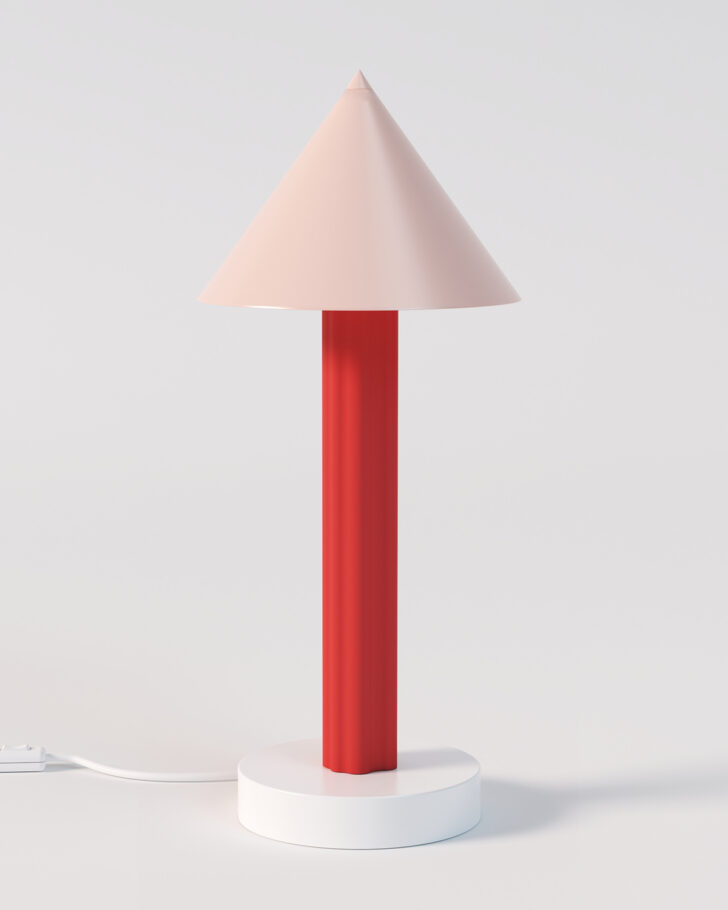
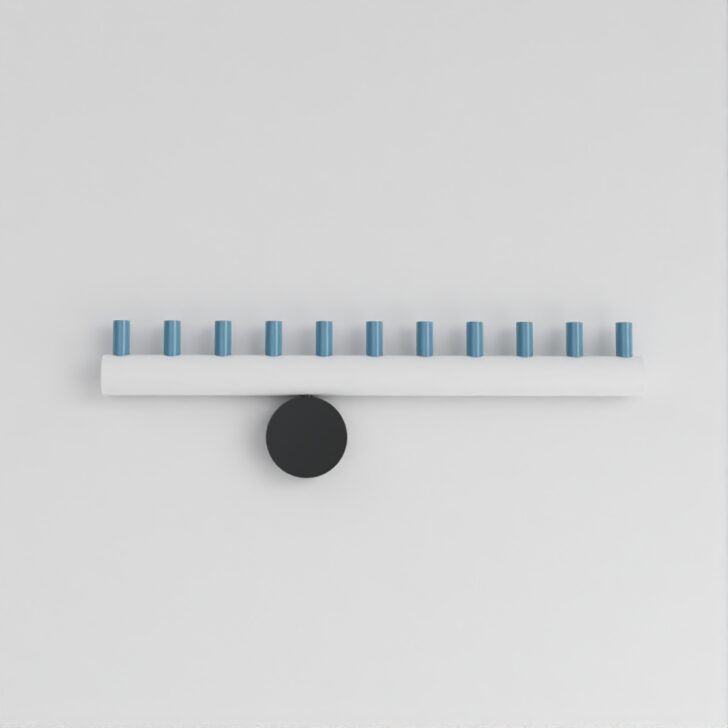
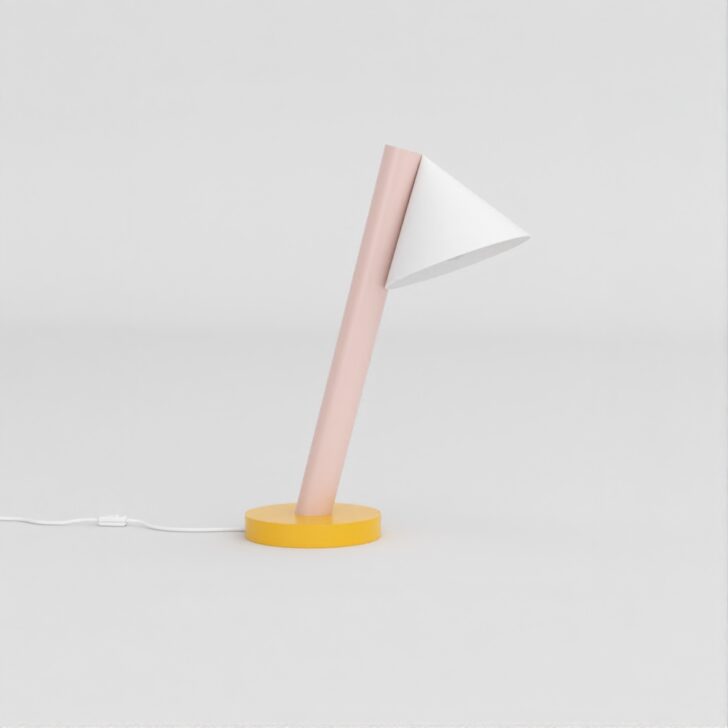
What’s been influencing you lately?
We are inspired by a multitude of things. Generally speaking,anything beautiful sparks our interest and develops in us the desire to understand what we find attractive in the specific object/piece of art and whether the concept is one we could explore. Currently we are in Milan — and of course, here there are such exquisite architecture and urban planning examples everywhere you turn.
What do you keep around your studio or homes for inspiration?
Our parents collected beautiful furniture and artifacts from around the world. We grew up with a wide range of pieces dating from 300 years ago to contemporary items, from the village next door, to pieces from Afghanistan or Peru. We still draw on these artifacts today.
What’s next for Atelier Areti?
We were quite strict with ourselves with the Elements Collection. We included only designs that complied with the constraints we defined. There have been many other designs, somewhat more romantic, that we developed over the last 2 to 3 years though, that we have been putting aside to concentrate on Elements. Thus we will develop these designs; it will be an interesting change.
We have also been working on accessories, from the beginning in 2008, actually, but did not make a concentrated effort, to develop them into products that can be launched. Hopefully we will take this step in the fall!
Finally, we are working on two architectural projects – it has been a sincere joy to work more in the spatial dimension of design. It almost feels as though it activates a different part of the brain!
Our aim, what drives us, in all dimensions of designs – whether objects or architecture – is similar. We strive to find and develop something exceptional and beautiful, first in the world of ideas and possibility during the design process and thereafter develop it into a material thing and introduce it into our real world where people may encounter it and hopefully experience moments of joy.
